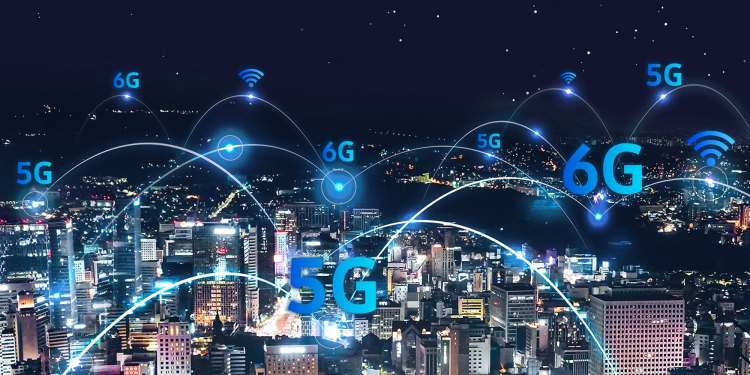
▲圖片標題(來源: Samsung)
Last week, telecommunications provider AT&T Business announced it was collaborating with Microsoft to integrate the AT&T 5G network with Azure private MEC to help enterprises rapidly deploy private networks across the U.S.
During the partnership, the two organizations will be working on AT&T Private Edge to enable users to roam outside their organization’s private network while remaining connected through AT&T’s U.S.-based public mobile network.
For enterprise and technical decision makers, AT&T and Microsoft’s solution has the potential to give employees the ability to move outside of the private network while laying the foundation for ensuring minimal latency in edge applications.
“Seure private 5G networks enable organizations to deliver latency-sensitive applications. Together with Microsoft, AT&T is streamlining the integration of the multiple elements private wireless solutions require, simplifying the application creation environment, and accelerating the speed of deployment,” said Tad Brockway, corporate Vice President, Azure for Operators at Microsoft.
The 5G edge compute ecosystem revolution
The announcement comes shortly after Verizon announced it would be working with Google Cloud to provide enterprises with computing and storage services at the network’s edge to support real-time enterprise applications, including mobile robots, intelligent logistics and factor automation.
AT&T’s early use cases also share a similar practical focus in developing real-time applications across manufacturing, car dealerships, and medical clinics.
For instance, the provider aims to develop their solution to create cameras and AI tools that can assist with tasks such as robotic assembly and event detection, and notify the emergency services if an employee is injured or there’s a fire in the environment.
The new service complimnents Microsoft’s existing Azure Edge Zones solution, and offers enterprises a foundation for testing, building, and deploying 5G apps and services while maintaining connectivity in and outside the perimeter network.
“The combination of 5G and edge compute can utterly transform how businesses are run, no matter the size, and we’re proactively engaging with those businesses to identify the right compelling opportunities. Our collaboration with Microsoft is exciting because it combines technology with an adaptable business model and brings innovation to life — for any customer,” said Rupesh Chokshi, vice president of product strategy and innovation at AT&T business in the official announcement.
Edge Computing Meets 5G
The organization’s announcement comes as edge computing market is expected to grow from $36.5 billion in 2021 to $87 billion in 2026, following the COVID-19 pandemic and explosion in enterprises experimenting with technologies to enable remote operations.
In the realm of 5G development, AT&T Business’s main competitor is Verizon, who’ve not only partnered with Google Cloud but have also begun designing a suite of solutions for smart cities including GridWide Intelligent Lighting and Intelligent Video. They also successfully raised an operating revenue of $34 billion in 2021.
However, AT&T Business is working hard to establish relationships to differentiate itself from other telecoms providers dabbling with 5G technologies.
Recently, the organization announced its partnership with Google Cloud to build 5G and edge computing solutions, and a year earlier, announced it had partnered with U.S.-based property developer JBG Smith to create a 5G smart city in a 6.8 million square foot development in Arlington, Virginia.
After generating consolidated revenue of $41 billion in 2021, and placing a growing emphasis on 5G technologies, AT&T Business is in a strong position to step up as the one of core technology providers bringing together 5G and edge computing.
轉貼自: VentureBeat
若喜歡本文,請關注我們的臉書 Please Like our Facebook Page: Big Data In Finance


留下你的回應
以訪客張貼回應